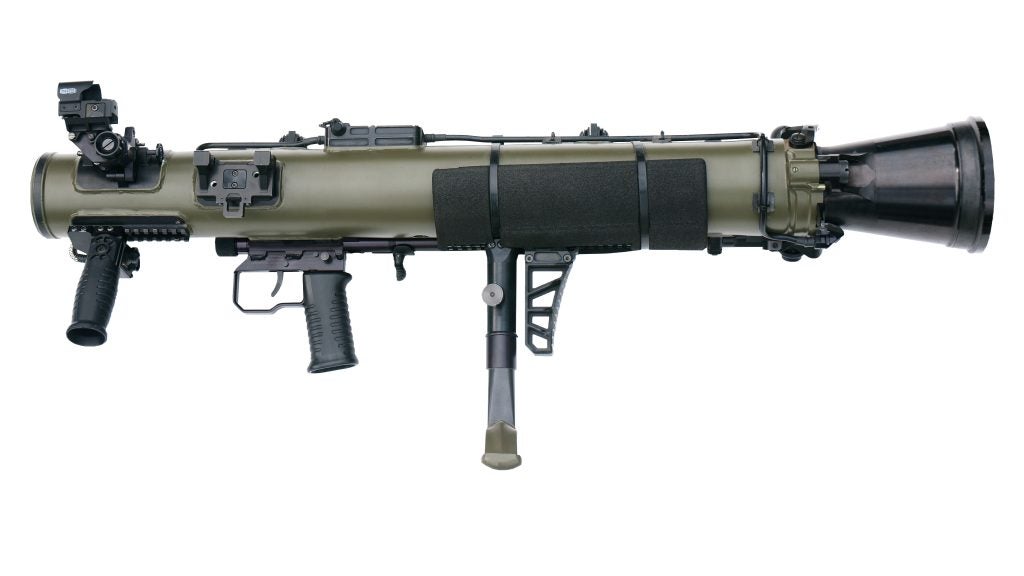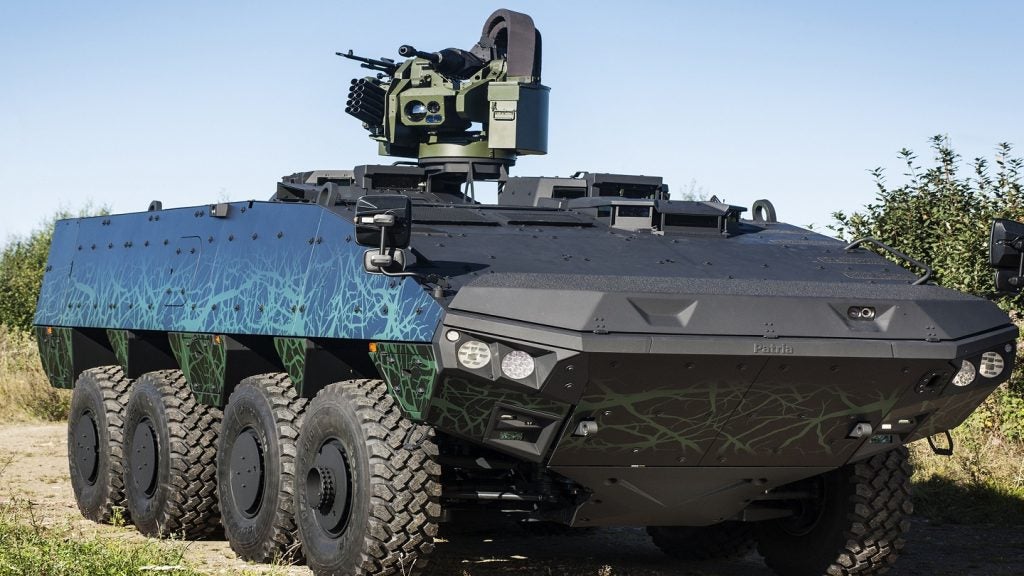The Buffalo mine-protected clearance vehicle (MPCV) is a six-wheel heavily armoured EOD vehicle manufactured by Force Protection, which was acquired by General Dynamics in 2011.
The armoured vehicle was inspired by the four-wheel South African Casspir, a landmine-protected armoured personnel carrier (APC).
The first Buffalo was deployed in Afghanistan in 2003 with the US Army Corps of Engineers. The vehicle has been used for mine-resistant ambush protection act III, route clearance, mini clearance, asset protection and command and control. In 2008, the 200th Buffalo vehicle was delivered for operations in theatre.
Buffalo MPCV design
The Buffalo has been designed to accommodate up to six crew, including the driver and co-driver. The vehicle is 4m tall and 2.6m wide. It measures 8.2m in length and weighs 76,000lb. The maximum payload is 27,500lb. Buffalo is equipped with Michelin 16 R 20 XZL 16,000lb aluminium-rim tyres with run flat capability. The armoured vehicle is accessed through one rear door and six topside standard hatches.
The Buffalo features a 30ft robotic arm and iron claw for ordinance disposal and route clearance. The claw is mounted with a camera and sensory equipment.
The vehicle’s hydraulically-driven articulated claw can dig, extract, and remove items from the soil.
Armament
The crew are protected by an RPG-7 rocket-propelled grenade as well as 7.62mm Nato ammunition hits and mine / IED explosives.
In addition, there is an automated engine and crew AFES system with manual extinguisher for handling fire accidents.
The vehicle is fully adaptable and can have its weapons removed when taking the role of armoured transport or medical unit.
Protection features
Buffalo’s armoured V-shaped hull directs an explosion on the ground away from the vehicle. The Buffalo provides powerful ballistic and blast protection, combined with the unique technology to detect dangerous ordinance.
The Buffalo features steel wheels and disc rollers that allow the vehicle to roll over a detonator without sustaining injuries to the crew in the vehicle. It offers protection from improvised explosive devices (IEDs) – up to a 45lb landmine explosion under any wheel or a 30lb mine explosion under the centreline.
It is armoured against 7.62mm×51mm Nato ball standard and is equipped with BAE Systems L-ROD aluminium armour that protects vehicles from rocket-propelled grenade attacks. The mounted camera on the arm helps the crew to dispose of mines and IEDs from within the V-shaped armoured hull.
Engine
The Buffalo is equipped with a CAT C13 12.5l engine. It provides 440hp at 1,800rpm. The engine makes 1,483 torque at 1,400rpm. It can be driven at a maximum speed of 55mph. Buffalo’s maximum range is 300 miles with an 85gal fuel tank.
Orders and deliveries
The Buffalo has been ordered by several countries. In February 2008, four Buffalo vehicles were ordered by the Italian Ministry of Defence. Production was taken up at Ladson, SC facility. Spare parts and field support coverage will be provided through 2009.
In July 2008, five Buffalo category III vehicles were ordered by the French military under a modification to M67854-07-C-5039 contract. Valued at $3.5m, the order was delivered in November 2008.
In October 2008, an order for 27 Buffalo A2 route-clearance vehicles was received under the contract W56HZV-08-C-0028 from the US Army. The contract was valued at $26.2m.
In November 2008 the US Army ordered for delivery of 16 Buffalo A2 route-clearance vehicles. The vehicles were delivered in 2009. The contract was valued at $15.5m.
Additionally, 14 Buffalo vehicles were delivered to the UK Ministry of Defence in October 2009 as part of a modification to contract M67854-06-C-5162 from Marine Corps Systems Command.
In November 2008, the Canadian Government, under contract M67854-07-C-5039 ordered for 14 Buffalo A2 route-clearance vehicles in around $49.4m deal. The deliveries continued through 2009. The Canadian Expeditionary Force Command had ordered five buffalo vehicles that were delivered in 2007.
In July 2009, Force Protection received a $52.8m contract from the US Army for 48 Buffalo vehicles.
In April 2011, the US Marine Corps Systems Command placed a $46.6m contract with Force Protection for 40 Buffalo MPCVs. In June 2011, the US Army ordered 56 Buffalo route-clearance vehicles under a $63.8m contract.
In March 2015, the US Army TACOM Lifecycle Management Command awarded General Dynamics Land Systems a $22.7m contract to upgrade all logistic requirements and data of the Buffalo A2 M1272 vehicle.










